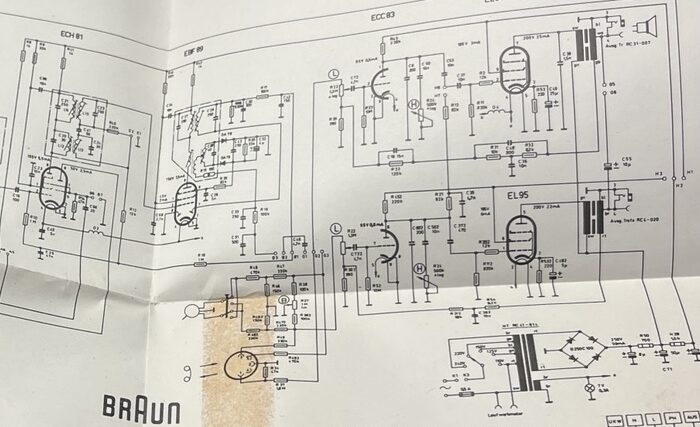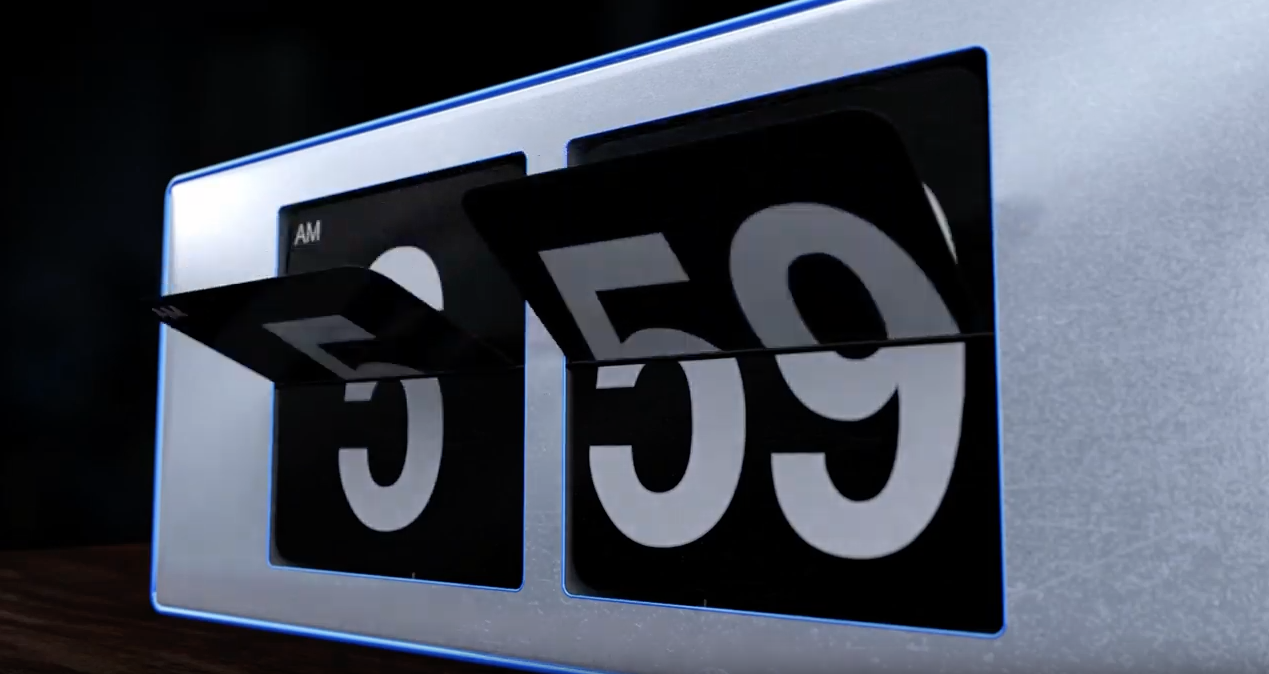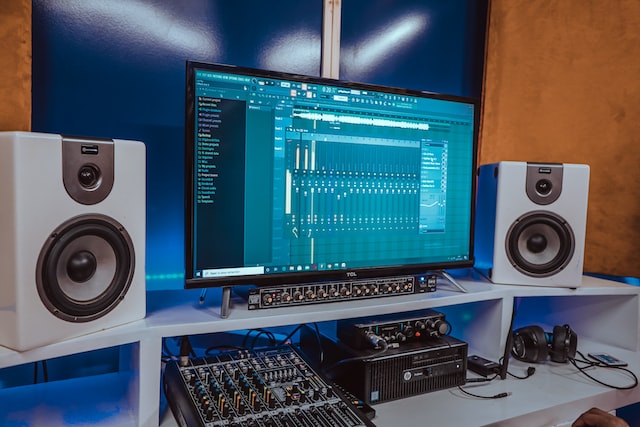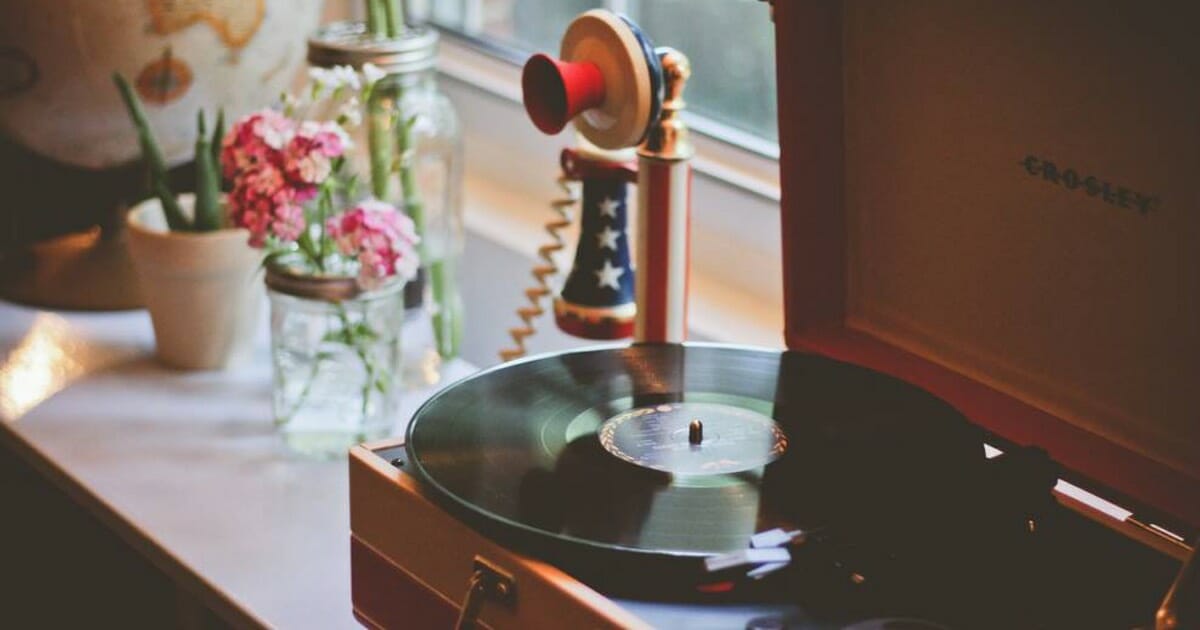Are you experiencing “hum” when operating your newly acquired vintage audio console? We hear about this extremely rarely, although we have never been able to reproduce it here using our equipment. Turns out there are some valid technical reasons why we cannot reproduce it on our studio audio equipment here at KCC Scientific. Let’s explain.
Recently, we worked with a customer who was experiencing some “hum” when powering his early 1960’s vintage audio system with Thor. We ran an experiment here for a customer with some audio gear that is in our personal collection. We set up a Hercules** (our gear requires more power than Thor can deliver) with a similar configuration to what our customer was using. However, we did use 120V 60Hz because that is what the equipment requires. With everything configured and running, it didn’t even matter if the ground wire is installed (but it might in your case, so don’t overlook that). It is silent with the volume control in any position. And on this system that represents a great deal of gain! In a moment of daring, we tried it with 120V 50Hz, and no difference. In the tuner setting, with the antenna disconnected, there is indeed a very low level hum and hiss, but it is exactly the same with and without Hercules in the loop, with and without the ground wire, with and without Hercules powered. So, that effectively rules out the frequency converter, just as we expected and have seen many times before.
The one thing that will marginally increase the hum is if Hercules is placed directly on top of the receiver, over the vent holes. This is to be expected since Hercules (and Thor) have internal 50/60Hz transformers. While there simply is no better transformer than what we use from a flux leakage perspective, some magnetic coupling will occur. That is why it should be kept 2-3ft away from the receiver, even though less than 1ft distance seemed to be sufficient in this case. Even with Hercules on top of the receiver, however, the hum is still so low level that it is barely discernible and certainly not objectionable.
So what might be going on? Listening to the customer’s system (they were kind enough to provide an audio/video recording), we can hear that the hum is 50Hz. With Thor placed several feet away from the unit, the only remaining source of flux leakage or ripple is the system’s internal transformer and power supply circuitry, which obviously are in close proximity to the sensitive circuitry within. More broadly as a general issue, many vintage, early design tube audio devices were much less optimized for SNR than modern equipment is. But more importantly, 50+ year old vintage tube equipment includes electrolytic capacitors in the power supply filter section, as does most audio gear. These electrolytic capacitors degrade in performance from heat and age, allowing more ripple and noise to pass into the low level circuitry, where it can induce audible noise. We see this with the “All American Fives” that people like to collect here in the USA. In many cases this can be improved by replacing all of the electrolytic capacitors in 50+ year old audio equipment. This is commonly called “re-capping” the equipment, and may include judicious replacement of other capacitors that might be degrading or failing. And please remember, power supply filter capacitor issues are always worse at 50Hz than at 60Hz, since even good capacitors are less effective at 50Hz than 60Hz.
We don’t normally advocate “shotgun” approaches to solving problems, such as replacing all capacitors. But in the case of power supply electrolytic capacitors which are 50+ years old, this approach might be the most expedient. In any event, it is a good idea to test the capacitors that are targeted to be replaced at operating voltage to confirm that the replacement is necessary. A competent technician can often disconnect the part and do the testing before removing it permanently. And, testing leakage and ESR (equivalent series resistance) at the same time is a good idea as well.
As a final check, our advice was:
4. Consider having 50+ year old audio equipment “re-capped” by a highly competent, experienced electronics technician to replace all of the power supply capacitors, at the very least. There are folks out there that can do this in expert fashion, but do your research.
Re-capping power supply electrolytic capacitors is a good idea with any 50+ year old vintage equipment if only from the perspective of reliability. When those electrolytic capacitors finally do fail, it will be a spectacle to behold. You may wish to avoid that.
5. While at it, have all of the tubes checked and replace any that are not first rate.
**Note: Hercules and Thor are nearly identical internally except for the size of the internal transformer (Hercules is larger, obviously) and the external wall adapter, although both adapters are Medical-grade, very high quality units. These wall adapters are far better than those typically supplied with even the best quality Class D audio amplifiers commonly offered today. Given the isolation transformer output of Thor, and the fact that most buzz issues are related to the selected frequency (not the mains frequency present–which is usually different), there is literally no possibility that the wall adapter is going to be a factor.







